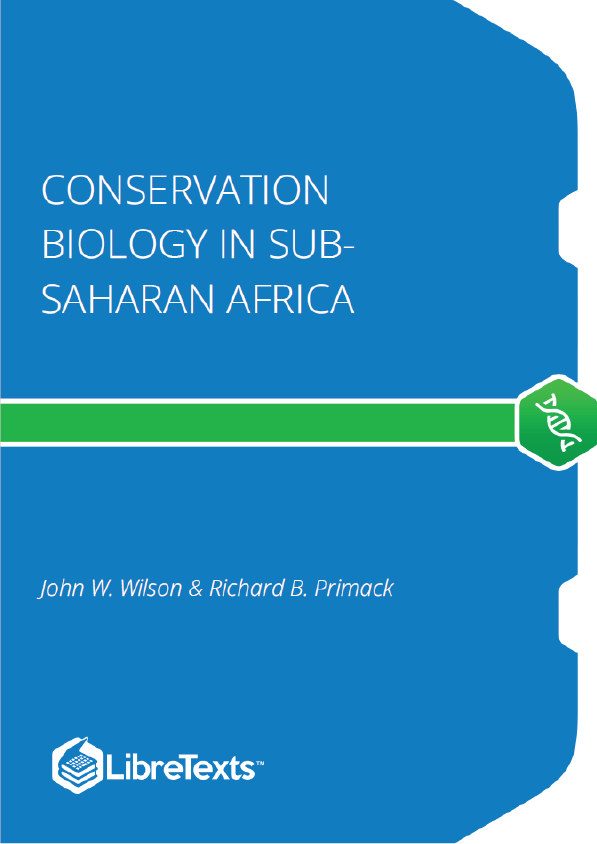Preface
We are excited to present the very first conservation biology textbook dedicated entirely to an African audience. The need for this work has never been more pressing than now. Africa has some of the fastest growing human populations on Earth. This growth, together with a much-needed push for development to ensure that all Africans can live healthy and prosperous lives, exerts unsustainable pressure on the region’s rich and unique biological treasures. Consequently, Africa is losing its natural heritage faster than ever before. It is sobering to consider that there is a very real risk that our children may never have the opportunity to see gorillas, rhinoceros, or elephants in the wild.
To address this alarming loss of Africa’s natural heritage, there is an urgent need to produce the next cohort of well-trained conservation leaders, able to confront conservation challenges head-on, and to secure a sustainable future for all. This effort starts early, by exposing children from a young age to the wonders of the natural world. But it is also important to ensure that those children who later choose a career in biodiversity conservation are well-prepared for the road ahead. To facilitate this capacity building, we have compiled this textbook, designed for use in conservation biology courses, and as a supplemental text for other courses in the natural sciences and environmental policy. While the main target audience for this book is early-career conservationists, we strived for a balance between theory, empirical data, and practical guidelines to also make the book a valuable resource for mid- and late-career professionals. To further remove obstacles to training, we made every effort to ensure that this work is accessible to as wide an audience as possible. For that reason, we are making this textbook available for free, under a Creative Commons (CC BY) license, to guarantee the rights for anyone to use and spread this work to whoever wishes to make a difference in the future of Africa’s biodiversity and its people.
Scope
This textbook focuses on the Afrotropics, one of Earth’s eight major terrestrial ecozones. This area includes continental Africa south of the Sahara Desert, continental islands (e.g. the Seychelles) that drifted away from Africa millions of years ago, and oceanic islands with a volcanic origin (e.g. the Comoros archipelago, São Tomé, and Príncipe) which share many biological characteristics with the Afrotropics. This area is also generally known as Sub-Saharan Africa, which we use throughout this book as a convenient and acceptable way to designate this ecologically (African parts of Afrotropics) and geographically (Africa south of the Sahara) distinct region.
Deviating slightly from the typical scope of some other books focused on the Afrotropics, this textbook does not cover south-west Arabia—these areas, together with North Africa, are covered in a sister textbook to this one, published in Arabic (Primack and El- Demerdash, 2003). Similarly, this book excludes Madagascar and the Mascarene Islands, which are covered in two sister textbooks published in French (Primack and Ratsirarson, 2005; Primack et al., 2012). The text does cover a few areas not usually considered part of the Afrotropics, but which share several affinities with the Afrotropical region. These additional areas include oceans within 200 nautical miles from Sub-Saharan Africa, and oceanic islands in the Atlantic that are usually treated as part of the Palearctic realm, namely Cabo Verde, St. Helena, Ascension, and the Tristan da Cunha archipelago.











